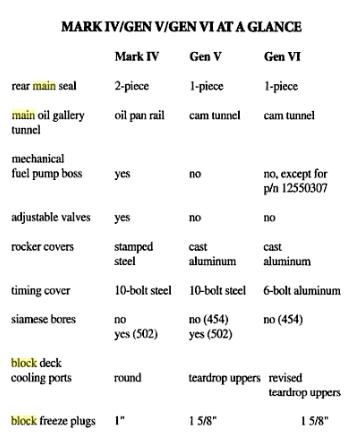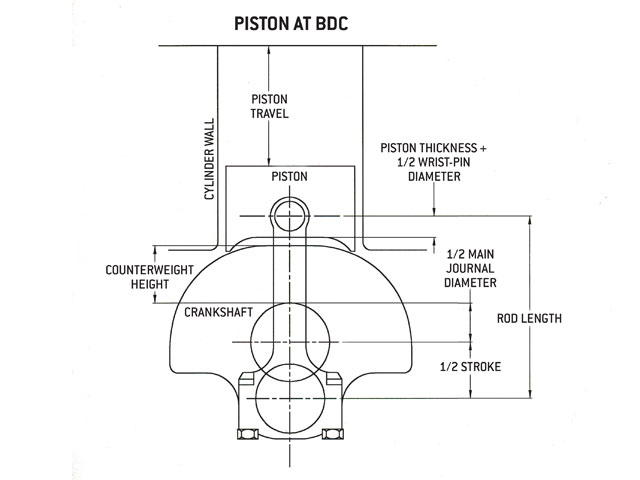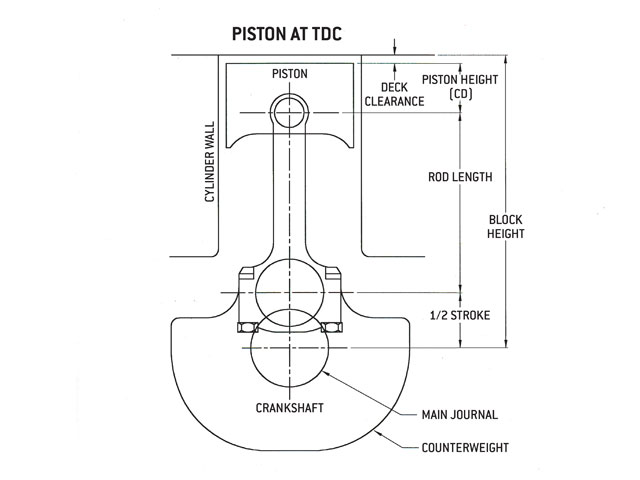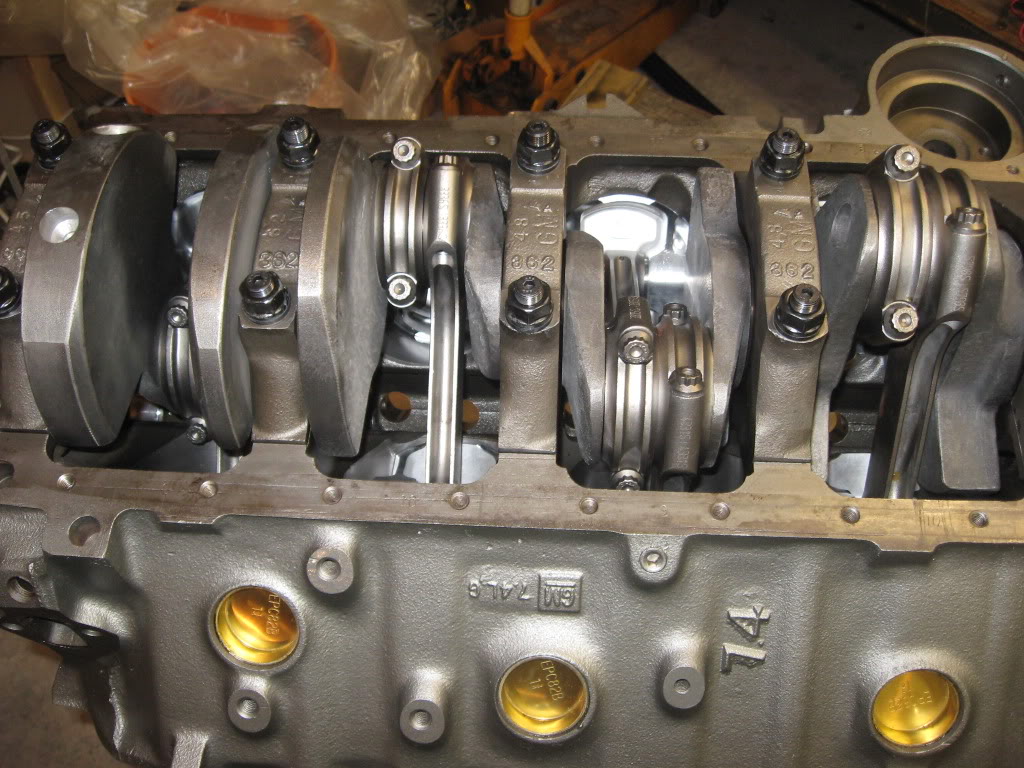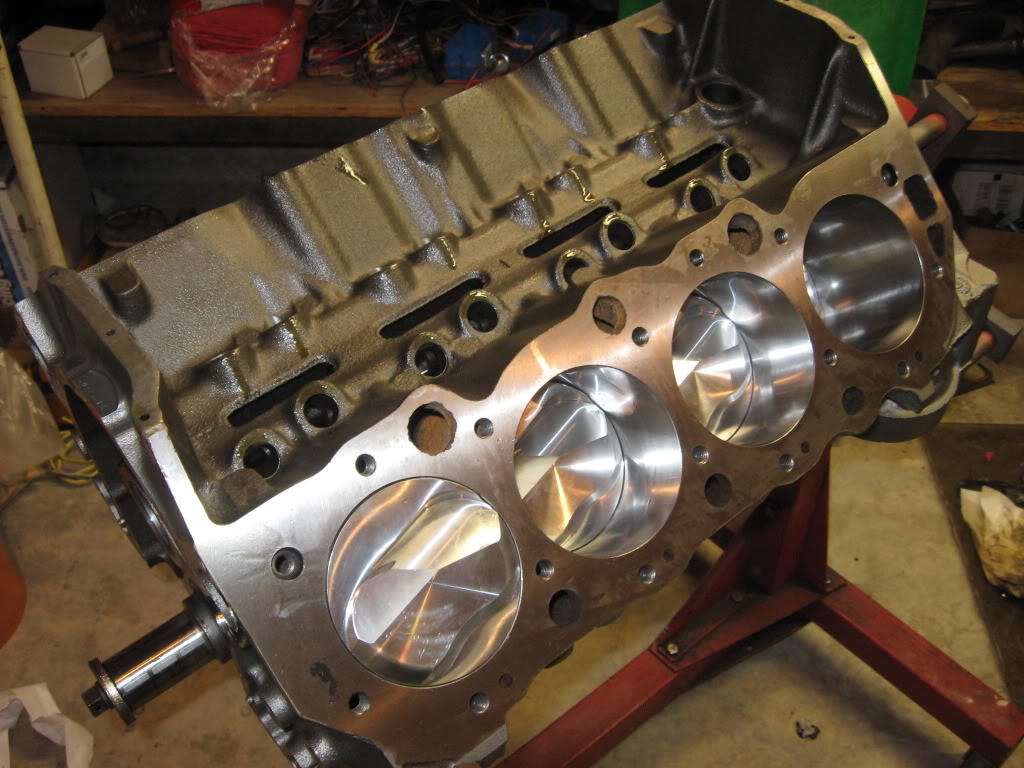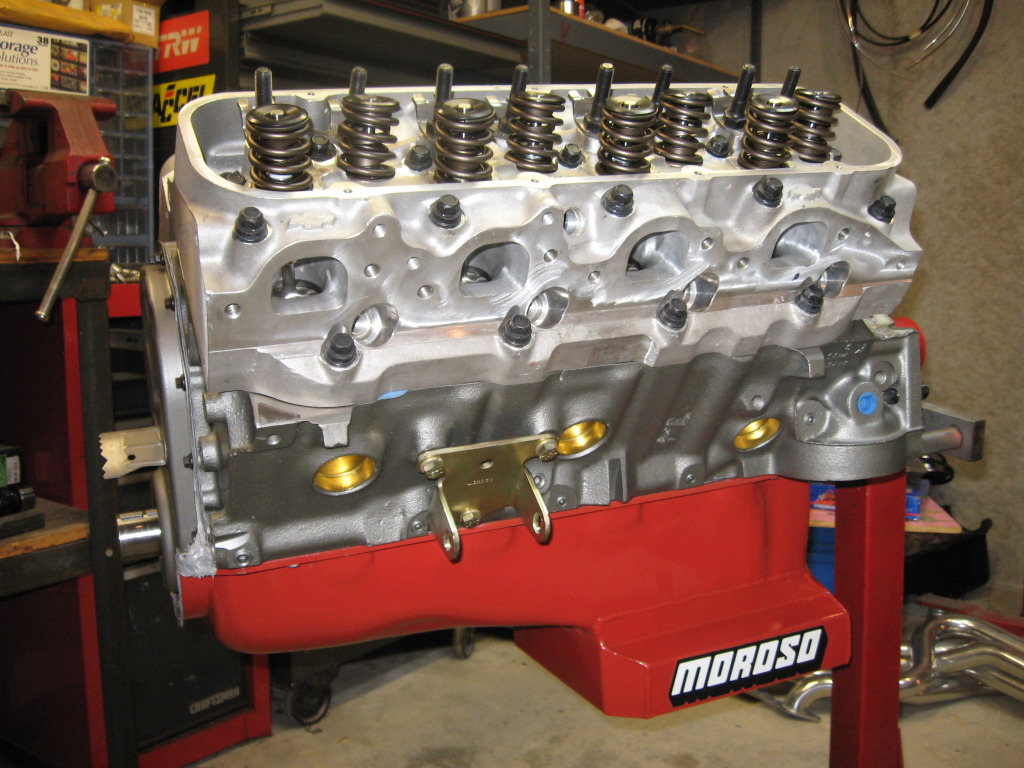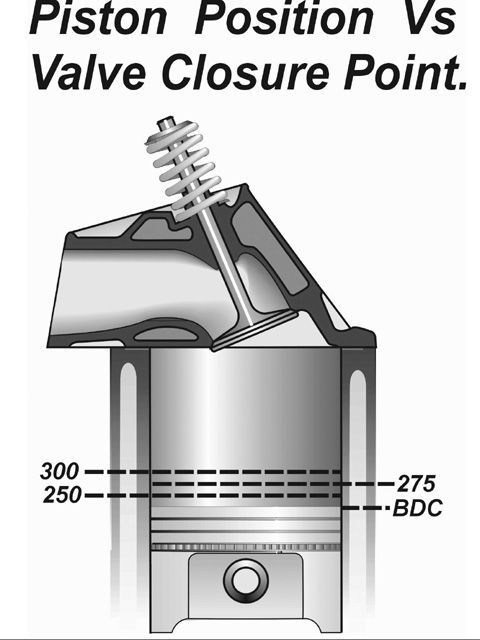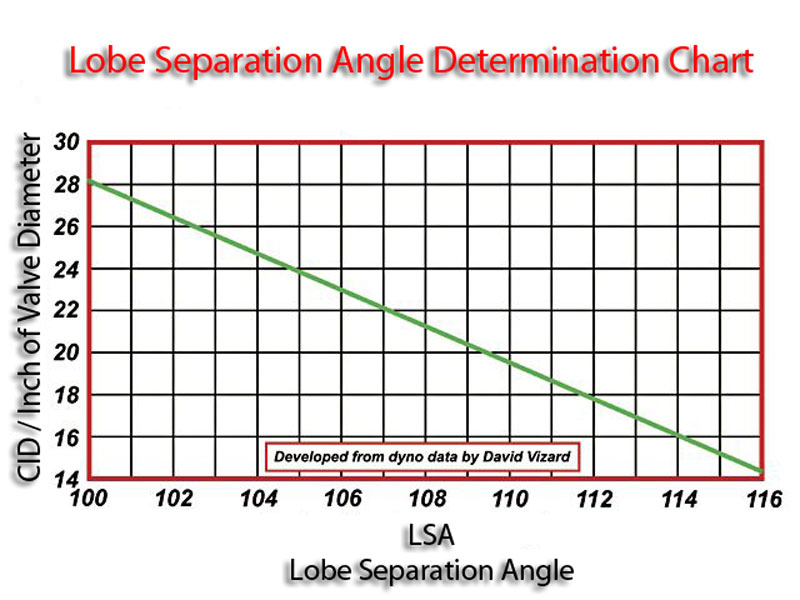most guys will want to start with a basic salvage yard core or an engine they all ready own.
you may want to read thru this link, as SOME of the oval port factory heads have some performance potential,if correctly matched to the correct components after some port & bowl clean up and valve back cut work has been done to increase flow rates
READ THIS
http://maliburacing.com/patrick_budd_article.htm
http://www.chevyhiperformance.com/tech/ ... index.html
viewtopic.php?f=69&t=1420
http://garage.grumpysperformance.com/index.php?threads/power-from-a-stock-454.16370/
http://www.dragzine.com/tech-stories/engine/ultimate-guide-to-budget-bbc-cylinder-heads-under-2000/
viewtopic.php?f=87&t=951&p=1627&hilit=+block+compare+heads#p1627
viewtopic.php?f=44&t=101
http://www.chevyhiperformance.com/tech/ ... index.html
http://www.chevyhiperformance.com/tech/ ... index.html
http://www.chevyhiperformance.com/tech/ ... index.html
viewtopic.php?f=53&t=9986&p=38689#p38689
READ THIS LINK
viewtopic.php?f=53&t=5563&p=16836#p16836
theres always a compromise that needs to be reached between cost,durability and power levels, and drive-ability on a daily basis will favor restraint in some choices of components given the basic application, you don,t need to spend a ton of cash,and you'll want to compromise heavily towards maximum durability and low maintenance even if it costs you a few peak horse power, so keep the piston speed under about 4200fpm and the valve train rpm limited to about 6500rpm or less when selecting components.
you'll want to concentrate the hp/torque curve in the 3500rpm-6300rpm power band when building a basic street performance big block, but it should have a a few key components ,that maximize your power potential while keeping that durability high on your list.
Id suggest you start with a 9.7:1-10.3"1 compression 454-468-496 BBC combo,(keep the choice of cam and compression ratio matched so the dynamic compression ratio falls in the 7.9-8.1:1 cpr range and the quench in the .038-.044 range) because you'll want to run pump gas and not worry about detonation issues,and you'll want to run semi-reasonable priced components to keep the cost down.
because the 4.25" bore blocks that came with the 427-454 engines are cheaper and far easier to locate than the 4.5" bore blocks that came with the 502-509 engines and theres not much sense in building anything less than a 454 displacement or a combo with much under 10:1 compression,unless you supercharge the combo, because the more compression up to the detonation threshold limitations, your octane limits you to the more torque your displacement can usually produce. but obviously theres options
you'll usually want good flowing oval port heads in that compression ratio and displacement range.
you'll want a dual plane intake to match the basic rpm and street application, keep in mind that while a good single plane intake will produce a bit more peak hp but the trade-off in lost low rpm response is not always a good trade on the street.
you'll usually want, a flat tappet cam, as it keeps costs lower.(I generally prefer solid lifters with EDM, oil holes and keeping the duration on the cam so the dynamic compression stays at or under 8.2:1 and bee-hive springs can be an advantage in some applications as the peak loads can be lower while still maintaining valve control in the upper rpms., but ID suggest a minimum of a .600 lift clearance with a .700 lift clearance in the valve train as preferable if you want to maximize port flow rates, most oval port heads pretty well max out near .600 lift but the aftermarket aluminum oval port heads like BRODIX,AFR,TRICKFLOW sell have far better mid and upper lift flow than most reworked stock oval port heads.
http://www.shafiroff.com/rotators/bb_rotator.asp
http://www.adperformance.com/index.php? ... ath=71_232
http://www.speedomotive.com/s-7-big-block-chevy.aspx
http://ohiocrank.com/chevbb_rotate.html
heads
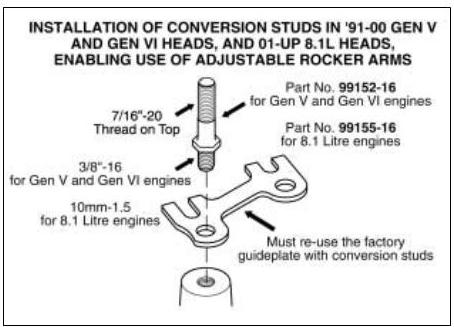
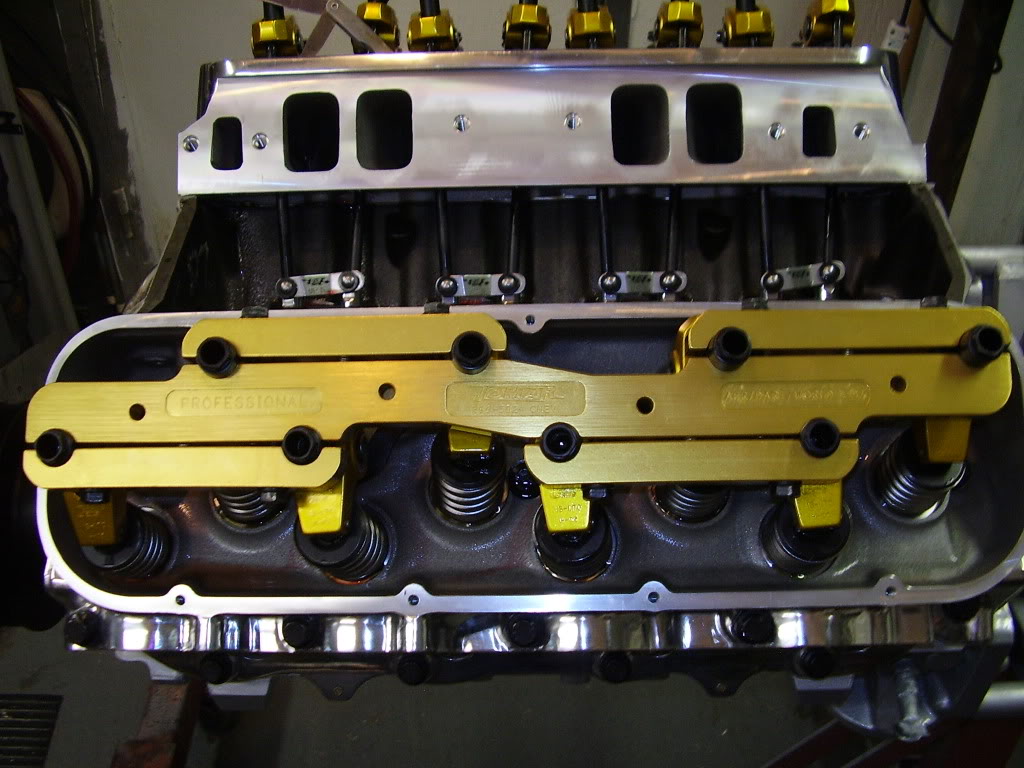
http://www.summitracing.com/parts/TFS-41300001/
http://www.jegs.com/i/Brodix/158/2061000/10002/-1
http://www.airflowresearch.com/index.php?cPath=68_121
http://www.profilerperformance.com/bbc-heads-174.html
intake
http://www.summitracing.com/parts/WND-8019/
OR
http://www.summitracing.com/parts/EDL-7561/
rockers
http://www.summitracing.com/parts/CCA-1620-16/
carb
http://www.summitracing.com/parts/HLY-0-80531/
good cams in the correct range to maximize results with low cost in mind for the application, obviously your rear gear ratio, car weight,transmission, and displacement and compression effect choice so discuss this in detail with the cam manufacturer
http://www.cranecams.com/?show=browsePa ... e=camshaft
http://www.lunatipower.com/Product.aspx?id=2135
http://www.crower.com/misc/cam_spec/cam ... 8&x=29&y=6
youll need a decent 7-8 quart oil pan that fits your chassis
match the combo to an auto trans with a 3000rpm stall converter or manual transmission, and a 3.73-4.11:1 rear gear
http://www.steveschmidtracing.com/short-blocks.html
http://www.worldcastings.com/products/m ... locks.html
http://www.shafiroff.com/shortblocks/540_shortblock.asp
you may want to read thru this link, as SOME of the oval port factory heads have some performance potential,if correctly matched to the correct components after some port & bowl clean up and valve back cut work has been done to increase flow rates
READ THIS
http://maliburacing.com/patrick_budd_article.htm
http://www.chevyhiperformance.com/tech/ ... index.html
viewtopic.php?f=69&t=1420
http://garage.grumpysperformance.com/index.php?threads/power-from-a-stock-454.16370/
http://www.dragzine.com/tech-stories/engine/ultimate-guide-to-budget-bbc-cylinder-heads-under-2000/
viewtopic.php?f=87&t=951&p=1627&hilit=+block+compare+heads#p1627
viewtopic.php?f=44&t=101
http://www.chevyhiperformance.com/tech/ ... index.html
http://www.chevyhiperformance.com/tech/ ... index.html
http://www.chevyhiperformance.com/tech/ ... index.html
viewtopic.php?f=53&t=9986&p=38689#p38689
READ THIS LINK
viewtopic.php?f=53&t=5563&p=16836#p16836
theres always a compromise that needs to be reached between cost,durability and power levels, and drive-ability on a daily basis will favor restraint in some choices of components given the basic application, you don,t need to spend a ton of cash,and you'll want to compromise heavily towards maximum durability and low maintenance even if it costs you a few peak horse power, so keep the piston speed under about 4200fpm and the valve train rpm limited to about 6500rpm or less when selecting components.
you'll want to concentrate the hp/torque curve in the 3500rpm-6300rpm power band when building a basic street performance big block, but it should have a a few key components ,that maximize your power potential while keeping that durability high on your list.
Id suggest you start with a 9.7:1-10.3"1 compression 454-468-496 BBC combo,(keep the choice of cam and compression ratio matched so the dynamic compression ratio falls in the 7.9-8.1:1 cpr range and the quench in the .038-.044 range) because you'll want to run pump gas and not worry about detonation issues,and you'll want to run semi-reasonable priced components to keep the cost down.
because the 4.25" bore blocks that came with the 427-454 engines are cheaper and far easier to locate than the 4.5" bore blocks that came with the 502-509 engines and theres not much sense in building anything less than a 454 displacement or a combo with much under 10:1 compression,unless you supercharge the combo, because the more compression up to the detonation threshold limitations, your octane limits you to the more torque your displacement can usually produce. but obviously theres options
you'll usually want good flowing oval port heads in that compression ratio and displacement range.
you'll want a dual plane intake to match the basic rpm and street application, keep in mind that while a good single plane intake will produce a bit more peak hp but the trade-off in lost low rpm response is not always a good trade on the street.
you'll usually want, a flat tappet cam, as it keeps costs lower.(I generally prefer solid lifters with EDM, oil holes and keeping the duration on the cam so the dynamic compression stays at or under 8.2:1 and bee-hive springs can be an advantage in some applications as the peak loads can be lower while still maintaining valve control in the upper rpms., but ID suggest a minimum of a .600 lift clearance with a .700 lift clearance in the valve train as preferable if you want to maximize port flow rates, most oval port heads pretty well max out near .600 lift but the aftermarket aluminum oval port heads like BRODIX,AFR,TRICKFLOW sell have far better mid and upper lift flow than most reworked stock oval port heads.
http://www.shafiroff.com/rotators/bb_rotator.asp
http://www.adperformance.com/index.php? ... ath=71_232
http://www.speedomotive.com/s-7-big-block-chevy.aspx
http://ohiocrank.com/chevbb_rotate.html
heads


http://www.summitracing.com/parts/TFS-41300001/
http://www.jegs.com/i/Brodix/158/2061000/10002/-1
http://www.airflowresearch.com/index.php?cPath=68_121
http://www.profilerperformance.com/bbc-heads-174.html
intake
http://www.summitracing.com/parts/WND-8019/
OR
http://www.summitracing.com/parts/EDL-7561/
rockers
http://www.summitracing.com/parts/CCA-1620-16/
carb
http://www.summitracing.com/parts/HLY-0-80531/
good cams in the correct range to maximize results with low cost in mind for the application, obviously your rear gear ratio, car weight,transmission, and displacement and compression effect choice so discuss this in detail with the cam manufacturer
http://www.cranecams.com/?show=browsePa ... e=camshaft
http://www.lunatipower.com/Product.aspx?id=2135
http://www.crower.com/misc/cam_spec/cam ... 8&x=29&y=6
youll need a decent 7-8 quart oil pan that fits your chassis
match the combo to an auto trans with a 3000rpm stall converter or manual transmission, and a 3.73-4.11:1 rear gear
http://www.steveschmidtracing.com/short-blocks.html
http://www.worldcastings.com/products/m ... locks.html
http://www.shafiroff.com/shortblocks/540_shortblock.asp
Last edited by a moderator:

